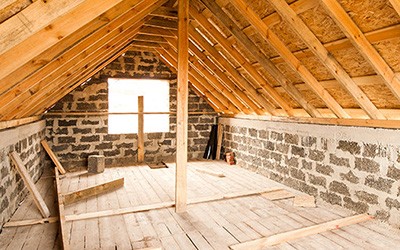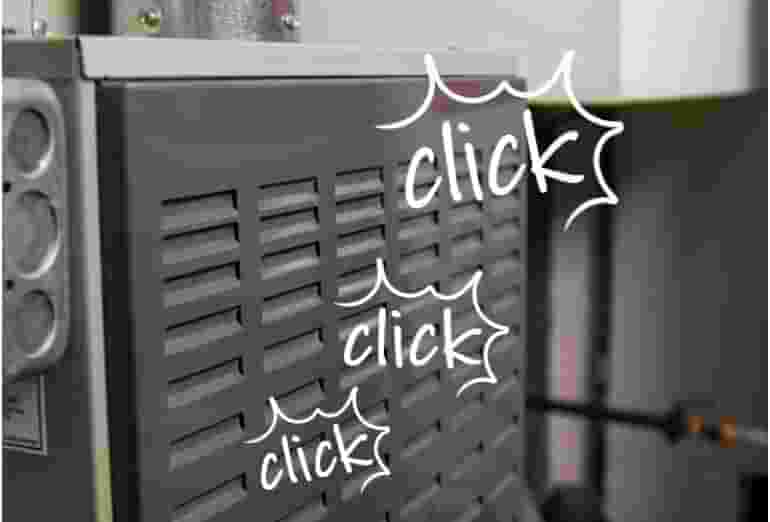Carpentry: The act of making or repairing items, components and objects that are made from wood.
Casing: The visible part of window or door moldings that cover the gap between drywall and the window frame or door jamb.
Caulk: A water-resistant, semi-flexible sealant or filler that is used to seal off gaps, cracks and holes to prevent moisture incursion and heat transfer.
Caulking: The act of applying caulk.
Chair Rail: A thin strip of decorative wooden interior trim that runs horizontally along a wall around waist height.
Composite Material: A material that is fabricated by combining two or more constituent materials that merge to form a material that is unlike the individual components.
Crown Molding: A decorative strip of wood, metal or plaster that runs along the top of a wall and covers the point where the wall transitions into the ceiling. It can be simple or elaborate and comes in a wide range of sizes.
Cupping: A type of warping in which the edges of a piece of material curl upward while the middle bows inward.
Curing Time: The length of time required for a product to reach its finished form via chemical reaction. For example, caulk and paint are both substances that need curing time to harden and set.
Custom Cabinets: Rather than being prefabricated, custom cabinets are built on-site to fit precisely into the available space.
 Click to call
Click to call




